The drugs used for diabetes care are reserved for use after lifestyle measures have been unsuccessful in reducing glucose levels.
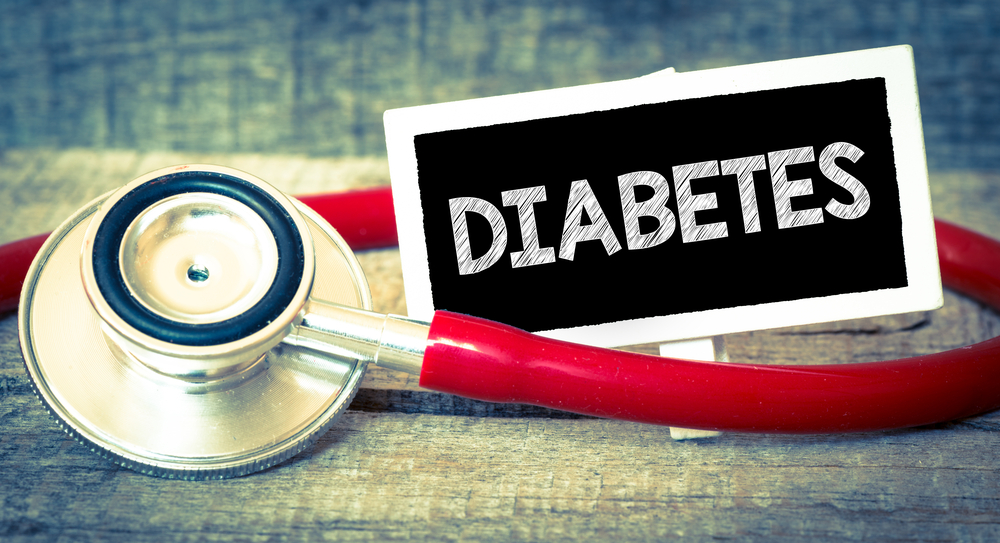

The drugs used for diabetes care are reserved for use after lifestyle measures have been unsuccessful in reducing glucose levels.
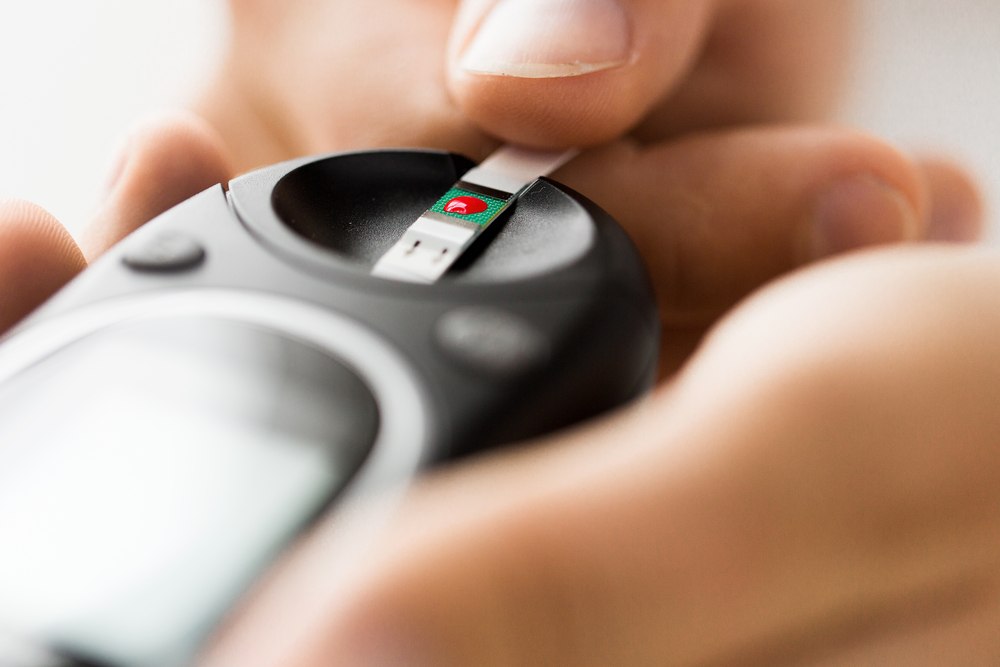
Symptoms that say you have diabetes
The most common symptoms of diabetes may include frequent urination, sudden weight loss, increased thirst, blurred vision, tiredness, and extreme hunger.
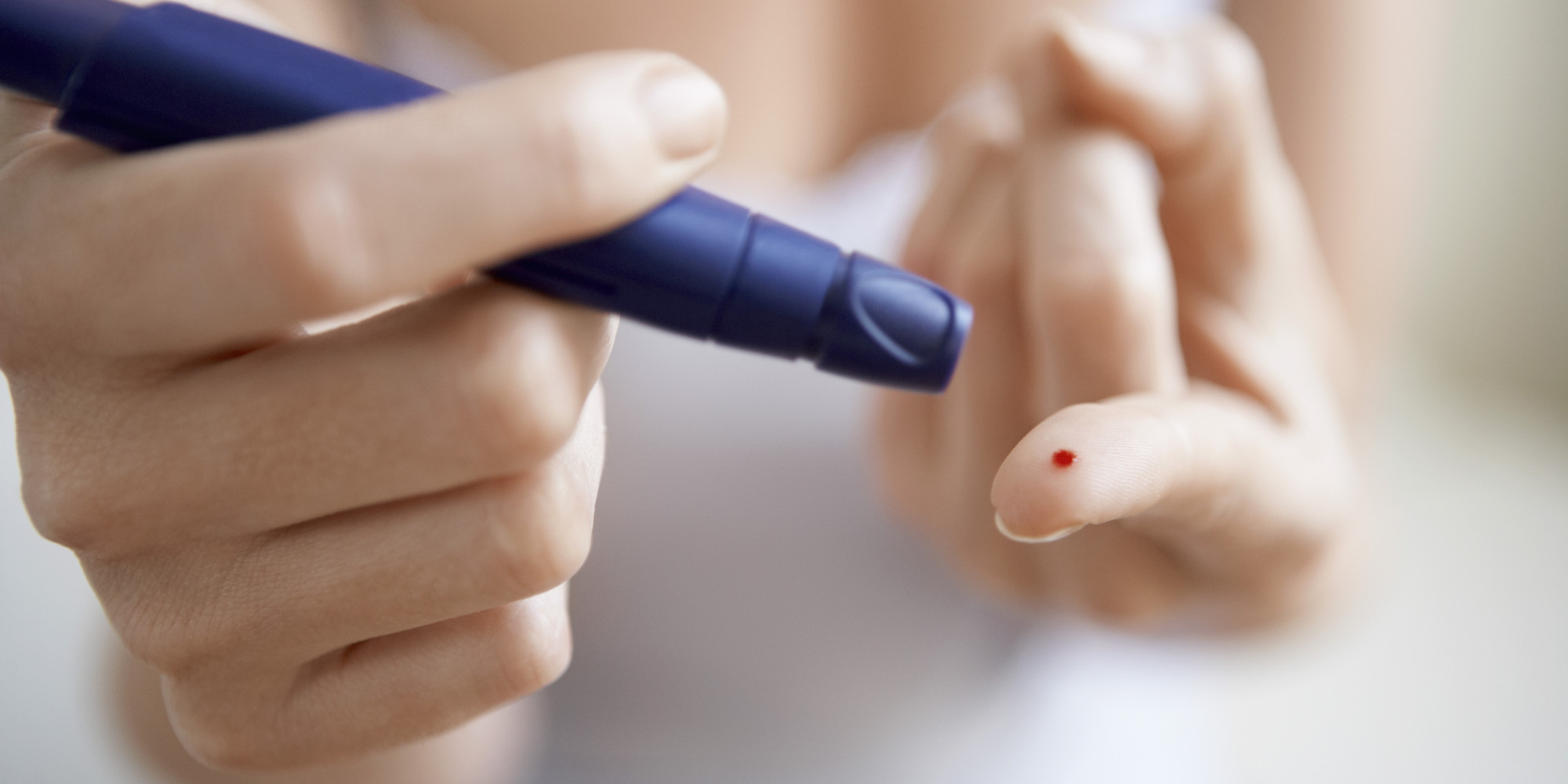
Diabetes is a form of hormonal disorder in which the secretion of insulin declines. This condition deteriorates further in the lack of proper diabetes diet plan. Such a plan makes you learn what kind of foods you have to eat that can control the condition.
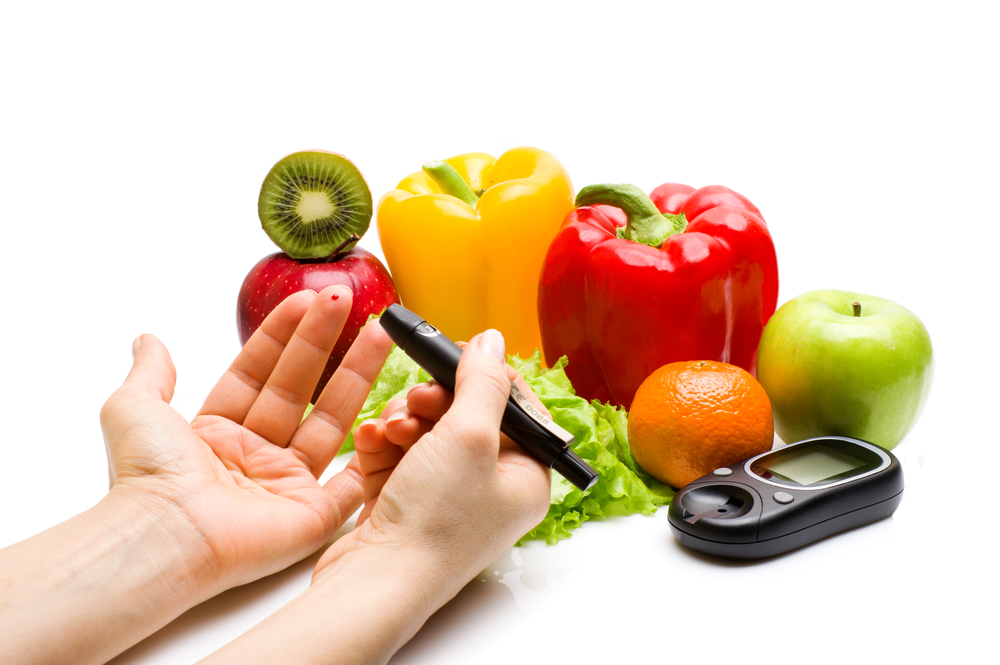
A proper diabetic diet plan is helpful for diabetic patients. When food gets digested, it is broken down into sugar. This provides energy to the cells. Insulin, which is a hormone made in the pancreas, enables the glucose to be transferred from the blood to the body cells.
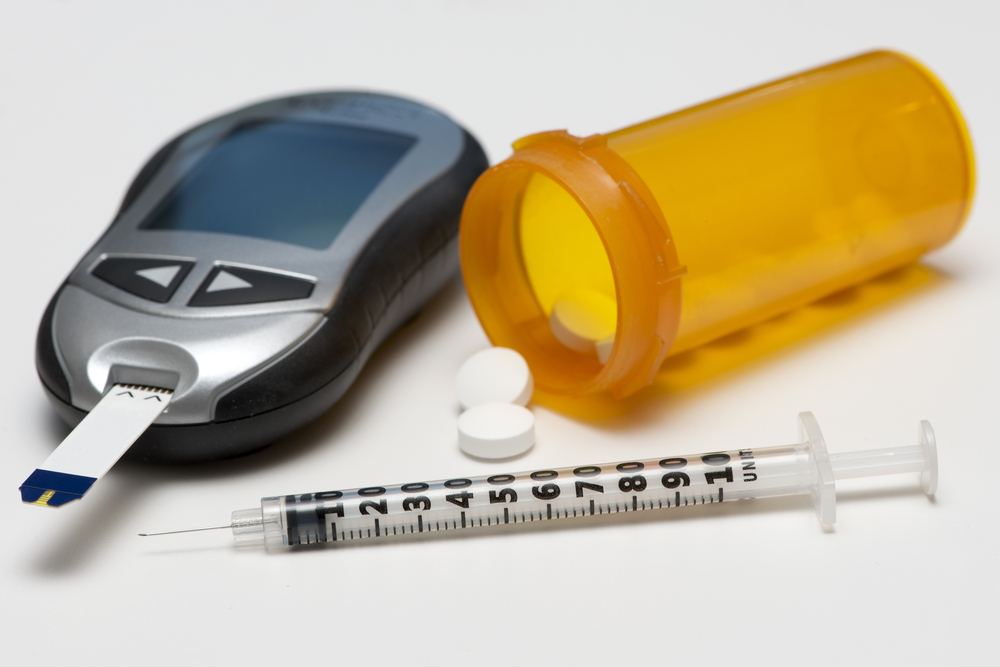
Diabetes is a chronic, serious ailment and is one of the leading causes of deaths in the world today. However, not many people are correctly informed about what causes it and the symptoms of diabetes. The first step in diabetes treatment is knowing the facts well. Here are some common diabetes myths; read on to know more about them.

246 million people worldwide are suffering from diabetes. It is the seventh leading cause of death around the world. By the year 2025, an estimated 380 million people will suffer from diabetes.
Insulin is an important hormone which helps get glucose into the body cells. Glucose undergoes various metabolic processes and produces energy that is utilized by the body for various physiological functions. The certain physiological condition in which the cell failed to respond the insulin is known as Insulin resistance.
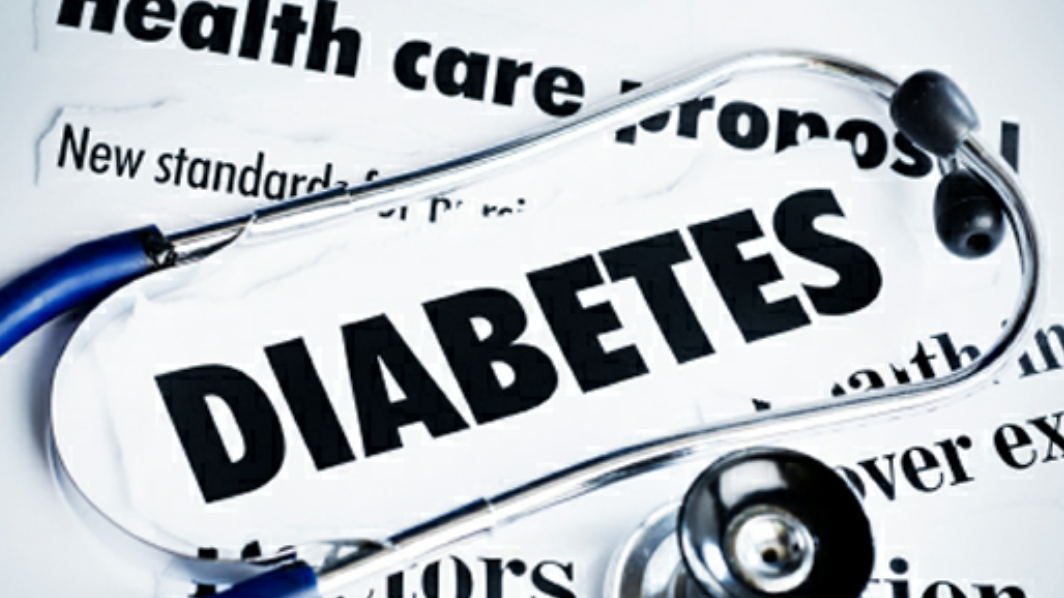
We often hear people talking or discussing about major diseases such as AIDS or Cancer. But there is one more disease which has been affecting millions of people worldwide. It’s none other than diabetes. As per the report by World Health Organisation, by the year 2030 the number of people suffering from diabetes will be exactly more than double where it afflicts 382 million people worldwide. Diabetes can strike anyone, whereas it’s a lifelong disease. Today the disease has taken much more lives than AIDS and breast cancer combined-which claims the life of 1 American every 3 minutes. It has now become the leading cause of blindness, kidney failure, heart attack and stroke in many people.
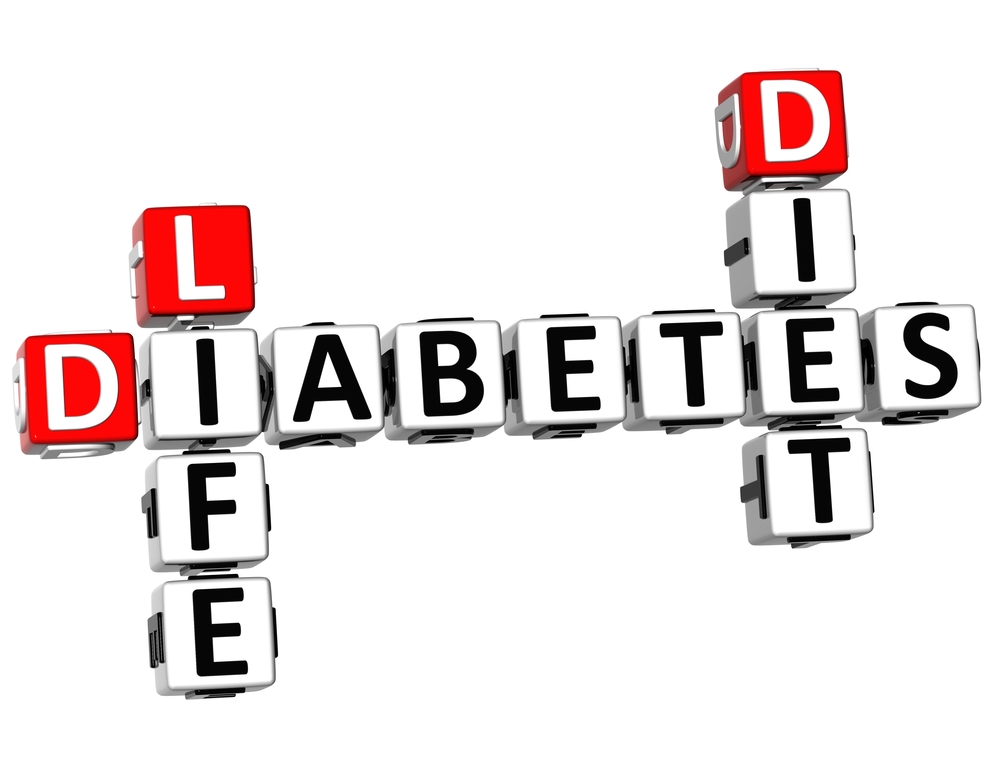
Diabetes is a group of metabolic diseases in which the person’s blood glucose (blood sugar) level is high. The rise in blood glucose level could be due to two conditions: when insulin production is inadequate or cells of body are not able to respond to insulin. Insulin is a hormone which is produced by pancreas, allowing glucose to enter cells of body. Glucose is either produced by liver or comes from digesting carbohydrates. Patients who are diabetic either suffer from frequent urination or they become more thirsty and hungry. Diabetes can catch any one and it is a lifelong health complication. Worldwide, 382 million people are affected by diabetes. Diabetes has been taking more lives than dangerous diseases like AIDS and breast cancer. It is the most leading cause of blindness, kidney failure and heart diseases. The research says that more than $174 billion is spend by American public on diabetes annually.

Diabetes, also known as diabetes mellitus, is a lifelong disease affecting 20.8 million United States adults in the year 2011. In diabetes, the body is unable to convert glucose into energy. Sugar or glucose is the main and important source of fuel for body. After digestion, the food gets changed into fats, proteins and carbohydrates. Foods affecting blood sugars are basically called carbohydrates and when carbs are digested like bread, rice and pasta they change into glucose. Glucose then gets transferred to the blood, where it is used by the cells for energy. The insulin hormone is required for glucose transferral into the cells. Beta cells produce insulin in the pancreas. In the patients suffering from diabetes, the process is impaired and the disease occurs when pancreas do not produce sufficient amount of insulin.